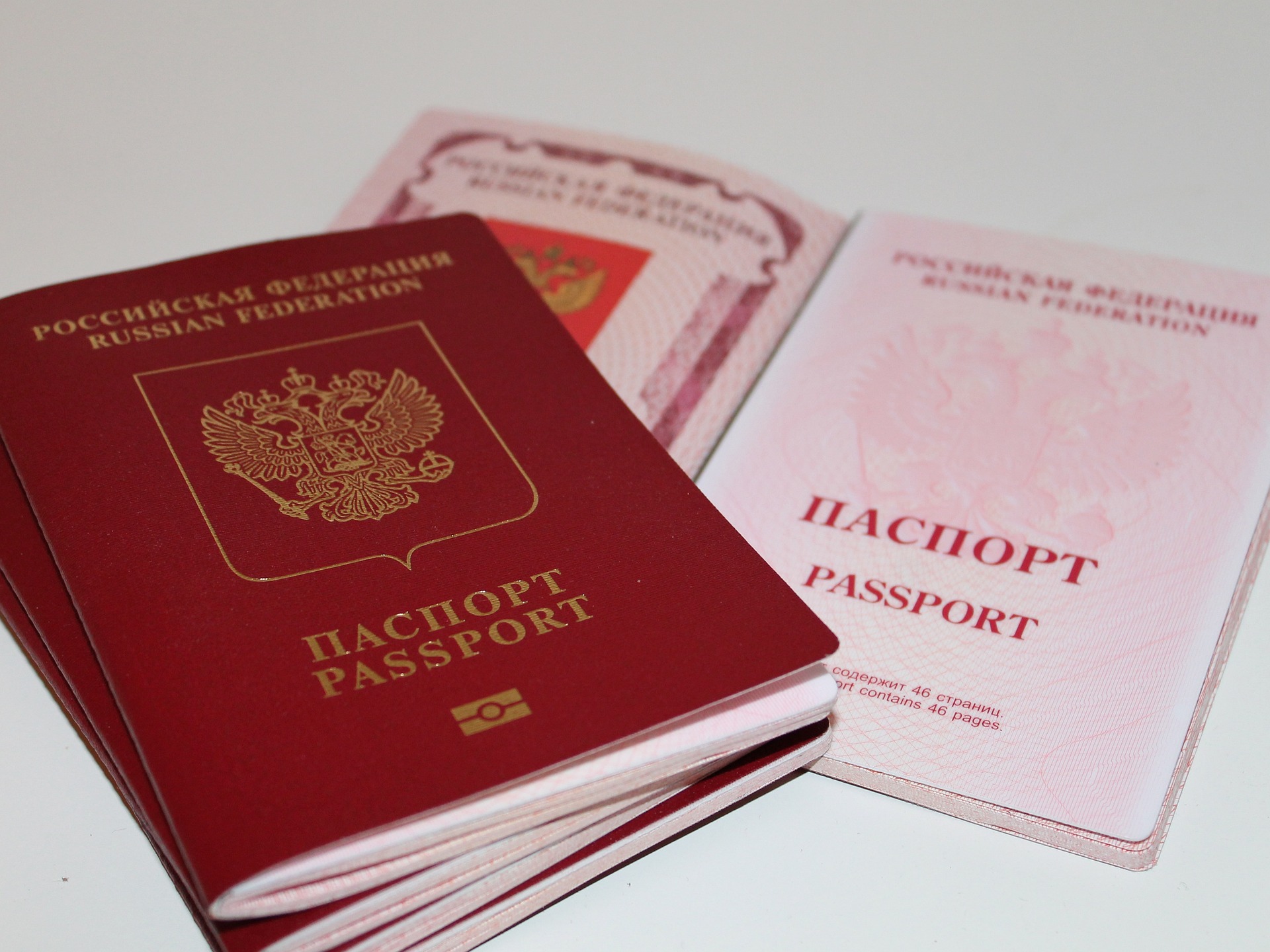Guillermo D. Rueda / [email protected]
“Supply is high, but it hasn’t reached disaster levels yet. The problem is that internal demand cannot assimilate a kilo more than it absorbs; also, despite the delay of the price at the counter. And external demand has collapsed, both in volumes and in prices”.
The statement corresponds to Ignacio Iriarte, analyst of the meat market, regarding the topicality of the sector. He also explained the actual deterioration of the hacienda.
“Light fat is already below the historical average for 2005-2021,” he said.
“In the case of winter veal, which has lost 31% in real terms since last May, the current price is only 5% higher than the average for that period,” he added.
Ignacio Iriarte, livestock market consultant.
He also said the R&L Hilton is worth half of what it was six months ago, and major products exported to China are down 35% in value.
“On the supply side, it all depends on heavy and widespread rains, which would lead to lower supply for several months,” he said.
Similarly, Iriarte indicated that, in the case of exports, it all depends on whether China absorbs the large stocks of meat sold and whether the authorities also review, or relax, the strict zero COVID policy that is paralyzing the country.
“With the dry season and COVID in China, it can be seen that there is no trend change in sight,” Iriarte said.
As far as stocks are concerned, Iriarte highlighted that, if one compares the data from the first vaccination campaign against foot-and-mouth disease in 2003 with those from the same campaign this year, it can be seen that, at a national level, today a million more calves with 650,000 fewer cows.
“The calf/cow ratio, an imperfect and approximate indicator of weaning, went from 62% in 2003 to 68.5% this year”, he specified.
“Of the million more calves being weaned than 20 years ago, the province of Buenos Aires contributes only 87,000 animals, while Santa Fe contributes 131,000 calves and Entre Ríos 28,000,” he added.
He also said that the provinces of Córdoba decreased, with 262,000 fewer puppies and La Pampa, with -17,000.
“The big contributor to this increase is the NEA and NOA provinces,” he said.
“Corrientes has 124,000 more calves and the whole of Chaco, Santiago del Estero, Formosa and Salta this year vaccinated 554,000 more than 19 years ago,” he calculated.
According to data from the National Food Safety Service (Senasa), stocks in feedlots as of November 1 amounted to 1,718 million head.
“This is about 210,000 animals less than in July, but well above what was expected by the market, which estimated that, by this date, the confinement would have dropped to 1.4 million animals. If it materialized, it would allow for an improvement in the real prices of light livestock,” explained the zootechnical consultant.
“Many consumer refrigerators and slaughterhouses have been removed from pens, but the livestock sold has been replaced by drought-affected producers,” he said.
Iriarte said the feedlot numbers are, at the moment, in deep red.
“With winter at 390 pesos (per kilo), light fat, which is very much on offer, at $320/$340 and corn at 38,000 pesos per ton, a fattening cycle can leave a loss of no less than $ 18,000/$20,000 per animal,” he said.
“This October, the slaughter of beef increased by 8.3% compared to last year, and that of heifers increased by 5%, at a time when domestic consumption does not include an extra kilo of meat,” he explained .
“With the recent rains, wintering has had a slight recovery, but the fat is not reacting and feed producers fear that in the coming months there will be a shortage of corn and that local consumption, both of chickens and pigs, will reach prohibitive market values .” commented Iriarte.
“As the dry season intensifies and the maize harvest is delayed and compromised, concerns are growing about the unfavorable grain-to-meat ratio that could occur in the coming March-April,” he said.
The analyst argued that the outlook could be worse than now.
“To the extent that it does not rain heavily and extensively, and the moisture in the soil profile is not replaced, despite high production costs, the feeders will continue with a high level of occupancy, placing a limit on the supply of cattle for slaughter and delaying, even more, the recovery of the real prices of the ranch”, concluded Iriarte (Fifra).


